Nationality Austrian | Fields Painting Name Angelica Kauffman | |
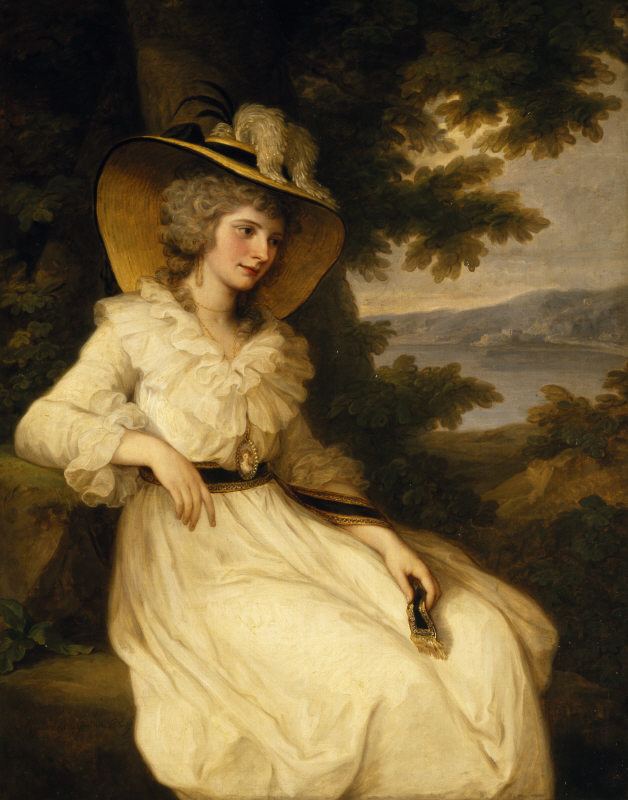 | ||
Full Name Maria Anna Angelika Kauffmann Born 30 October 1741 (age 66) ( 1741-10-30 ) Artwork Ferdinand IV, King of Naples, and his Family Similar People | ||
Angelica Kauffmann (1741-1807) A collection of paintings 4K Ultra HD
Maria Anna Angelika Kauffmann (30 October 1741 – 5 November 1807), usually known in English as Angelica Kauffman, was a Swiss Neoclassical painter who had a successful career in London and Rome. Remembered primarily as a history painter, Kauffmann was a skilled portraitist, landscape and decoration painter. She was one of the two female founding members of the Royal Academy in London in 1768.
Contents
- Angelica Kauffmann 1741 1807 A collection of paintings 4K Ultra HD
- Arth 4117 18th century 2 angelica kauffman 1 swiss
- Early life
- Years in Great Britain
- History painting
- Later years in Rome
- Legacy
- Exhibitions
- References
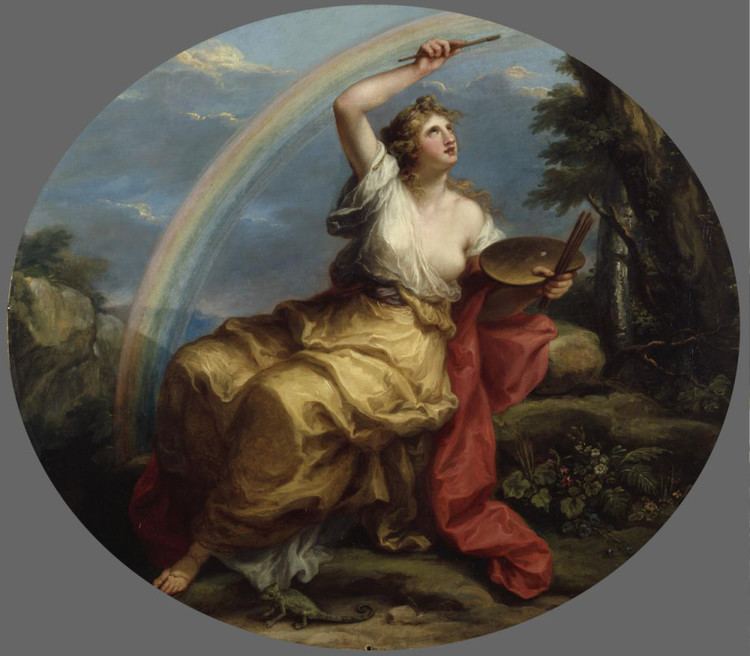
Arth 4117 18th century 2 angelica kauffman 1 swiss
Early life

Kauffman was born at Chur in Graubünden, Switzerland. Her family moved to Morbegno in 1742, then Como in Lombardy in 1752 at that time under Austrian rule. In 1757 she accompanied her father to Schwarzenberg in Vorarlberg/Austria where her father was working for the local bishop. Her father, Joseph Johann Kauffmann, was a relatively poor man but a skilled Austrian muralist and painter, who was often traveling for his work. He trained Angelica and she worked as his assistant, moving through Switzerland, Austria, and Italy. Angelica, a child prodigy, rapidly acquired several languages from her mother, Cleophea Lutz, including German, Italian, French and English. She also showed talent as a musician and was forced to choose between opera and art. She quickly chose art as a Catholic priest told Kauffman that the opera was a dangerous place filled with "seedy people." By her twelfth year she had become known as a painter, with bishops and nobles being her sitters.
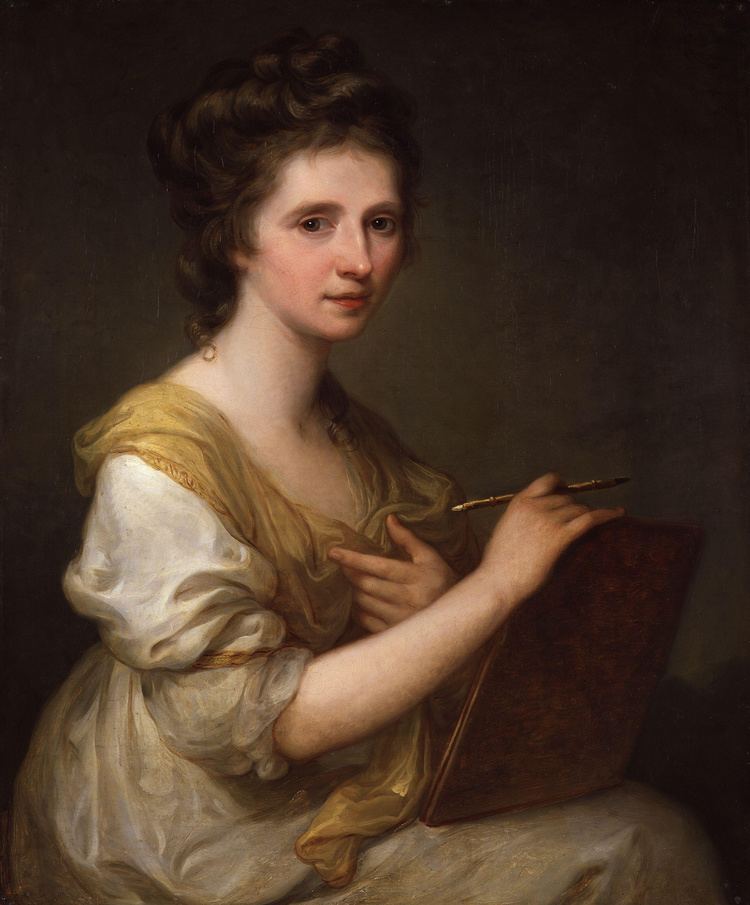
In 1754, her mother died and her father decided to move to Milan. Later visits to Italy of long duration followed. She became a member of the Accademia di Belle Arti di Firenze in 1762. In 1763 she visited Rome, returning again in 1764. From Rome she passed to Bologna and Venice, everywhere feted for her talents and charm. Writing from Rome in August 1764 to his friend Franke, Winckelmann refers to her popularity; she was then painting his picture, a half-length; of which she also made an etching. She spoke Italian as well as German, he says, and expressed herself with facility in French and English - one result of the last-named accomplishment being that she became a popular portraitist for British visitors to Rome. "She may be styled beautiful," he adds, "and in singing may vie with our best virtuosi". In 1765, her work appeared in England in an exhibition of the Free Society of Artists. She moved to England shortly after and established herself as a leading artist.
Years in Great Britain

While in Venice, Kauffman was persuaded by Lady Wentworth, the wife of the British ambassador, to accompany her to London. One of the first pieces she completed in London was a portrait of David Garrick, exhibited in the year of her arrival at "Mr Moreing's great room in Maiden Lane." The rank of Lady Wentworth opened society to her, and she was everywhere well received, the royal family especially showing her great favor. Her firmest friend, however, was Sir Joshua Reynolds. In his pocket-book her name as "Miss Angelica" or "Miss Angel" appears frequently; and in 1766 he painted her, a compliment which she returned by her Portrait of Sir Joshua Reynolds. Another instance of her intimacy with Reynolds is to be found in her variation of Guercino's Et in Arcadia ego, a subject which Reynolds repeated a few years later in his portrait of Mrs Bouverie and Mrs Crewe.
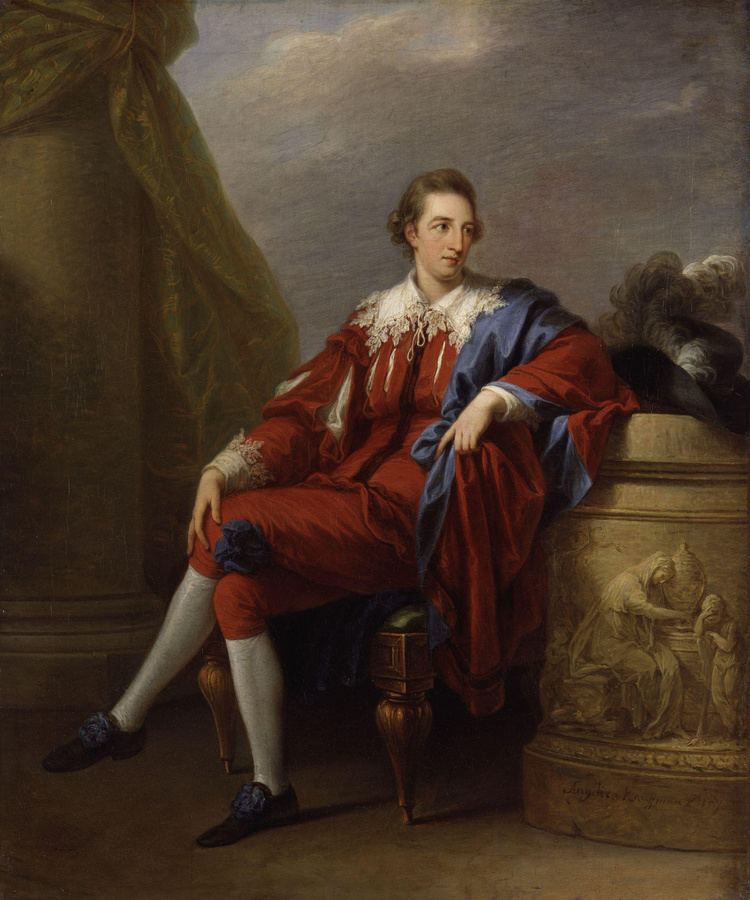
In 1767 Kauffman was seduced by an imposter going under the name Count Frederick de Horn, whom she married, but they were separated the following year. It was probably owing to Reynolds's good offices that she was among the signatories to the petition to the king for the establishment of the Royal Academy. In its first catalogue of 1769 she appears with "R.A." after her name (an honour she shared with one other woman, Mary Moser); and she contributed the Interview of Hector and Andromache, and three other classical compositions. She spent several months in Ireland in 1771, as a guest of the Lord Lieutenant of Ireland, and undertook a number of portrait commissions there. Her notable Irish portraits include those of Philip Tisdall, the Attorney General for Ireland, and his wife Mary, and of Henry Loftus, 1st Earl of Ely and his family, including his niece Dorothea Monroe, the most admired Irish beauty of her time. It appears that among her circle of friends was Jean-Paul Marat, then living in London and practising medicine, with whom she may have had an affair.
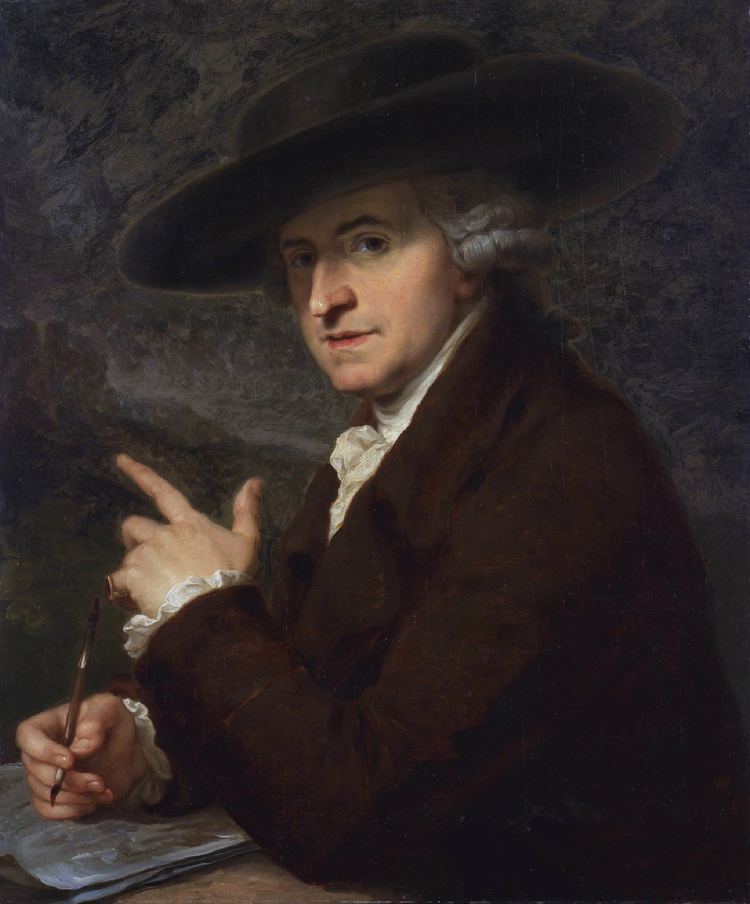
Her friendship with Reynolds was criticized in 1775 by fellow Academician Nathaniel Hone in his satirical picture The Conjurer. This attacked the fashion for Italianate Renaissance art, ridiculed Reynolds and included a nude caricature of Kauffman, later painted out by Hone. The work was rejected by the Royal Academy.
From 1769 until 1782 Kauffman was an annual exhibitor with the Royal Academy, sending sometimes as many as seven pictures, generally on classical or allegoric subjects. One of the most notable was Leonardo expiring in the Arms of Francis the First (1778).
In 1773 she was appointed by the Academy with others to decorate St Paul's Cathedral, a scheme that was never carried out, and it was she who, with Biagio Rebecca, painted the Academy's old lecture room at Somerset House.
History painting
While Kauffman produced many types of art, she identified herself primarily as a history painter, an unusual designation for a woman artist in the 18th century. History painting was considered the most elite and lucrative category in academic painting during this time period and, under the direction of Sir Joshua Reynolds, the Royal Academy made a strong effort to promote it to a native audience more interested in commissioning and buying portraits and landscapes. Despite the popularity that Kauffman enjoyed in British society, and her success there as an artist, she was disappointed by the relative apathy of the British towards History painting. Ultimately she left Britain for the continent, where history painting was better established, held in higher esteem and patronized.
History painting, as defined in academic art theory, was classified as the most elevated category. Its subject matter was the representation of human actions based on themes from history, mythology, literature, and scripture. This required extensive learning in biblical and Classical literature, knowledge of art theory and a practical training that included the study of anatomy from the male nude. Most women were denied access to such training, especially the opportunity to draw from nude models; yet Kauffman managed to cross the gender boundary to acquire the necessary skill to build a reputation as a successful history painter who was admired by colleagues and eagerly sought by patrons.
Later years in Rome
In 1781, after her first husband's death (she had been long separated from him), she married Antonio Zucchi (1728–1795), a Venetian artist then resident in England. Shortly thereafter she retired to Rome, where she befriended, among others, Johann Wolfgang von Goethe, who said she worked harder and accomplished more than any artist he knew; yet, always restive, she wanted to do more and lived for 25 years with much of her old prestige.
In 1782, Kauffman's father died, as did her husband in 1795. In 1794, she painted, Self-portrait Hesitating Between Painting and Music, in which she emphasizes the difficult choice in choosing painting as her sole career, in dedicance of her mother's death. She continued at intervals to contribute to the Royal Academy in London, her last exhibit being in 1797. After this she produced little, and in 1807 she died in Rome, being honored by a splendid funeral under the direction of Canova. The entire Academy of St Luke, with numerous ecclesiastics and virtuosi, followed her to her tomb in Sant'Andrea delle Fratte, and, as at the burial of Raphael, two of her best pictures were carried in procession.
Legacy
By 1911, rooms decorated with her work were still to be seen in various quarters. At Hampton Court was a portrait of the duchess of Brunswick; in the National Portrait Gallery, a self-portrait (NPG 430).
There were other pictures by her at Paris, at Dresden, in the Hermitage at St Petersburg, in the Alte Pinakothek at Munich, in Kadriorg Palace, Tallinn (Estonia) and in the Joanneum Alte Galerie at Graz. The Munich example was another portrait of herself, and there was a third in the Uffizi at Florence. A few of her works in private collections were exhibited among the Old Masters at Burlington House.
Kauffman is also well known by the numerous engravings from her designs by Schiavonetti, Francesco Bartolozzi and others. Those by Bartolozzi especially found considerable favour with collectors. Charles Willson Peale (1741–1827), artist, patriot, and founder of a major American art dynasty, named several of his children after notable European artists, including a daughter, Angelica Kauffman Peale.
A biography of Kauffman was published in 1810 by Giovanni Gherardo De Rossi. The book was also the basis of a romance by Léon de Wailly (1838) and it prompted the novel contributed by Anne Isabella Thackeray to the Cornhill Magazine in 1875 entitled "Miss Angel".
